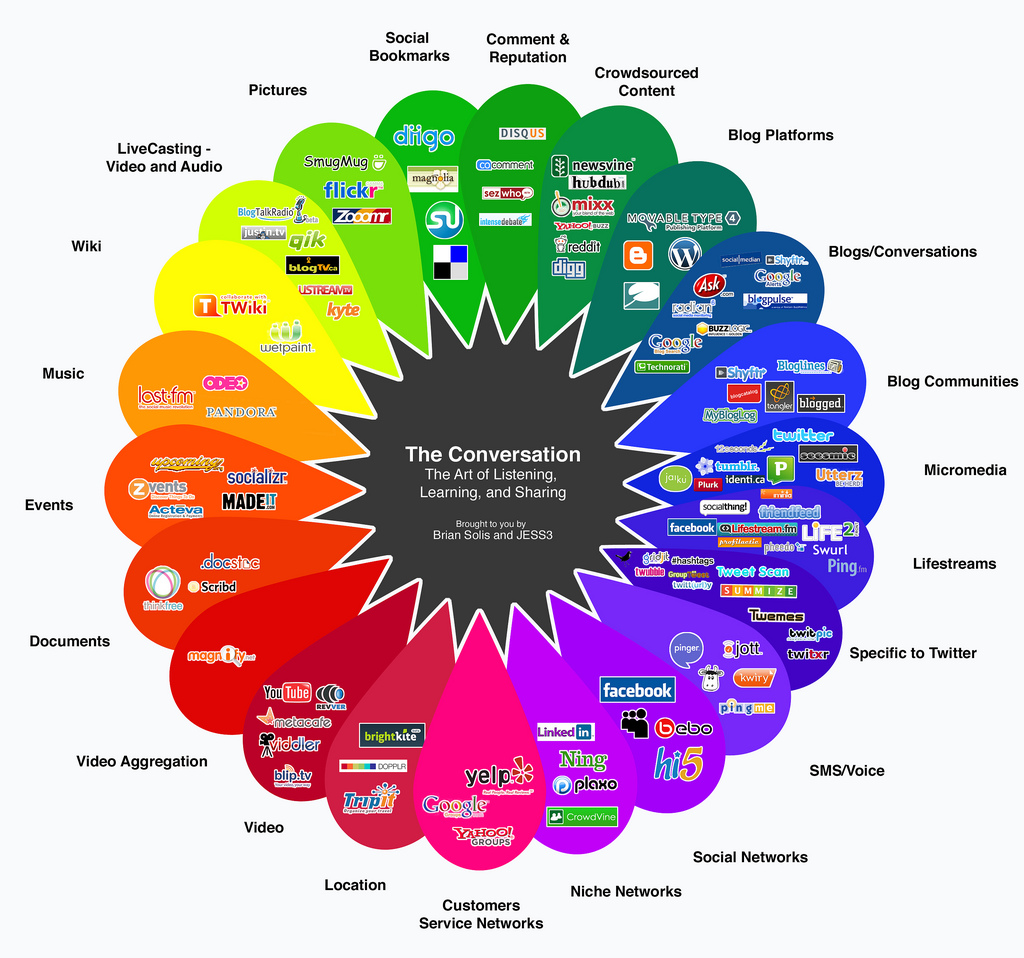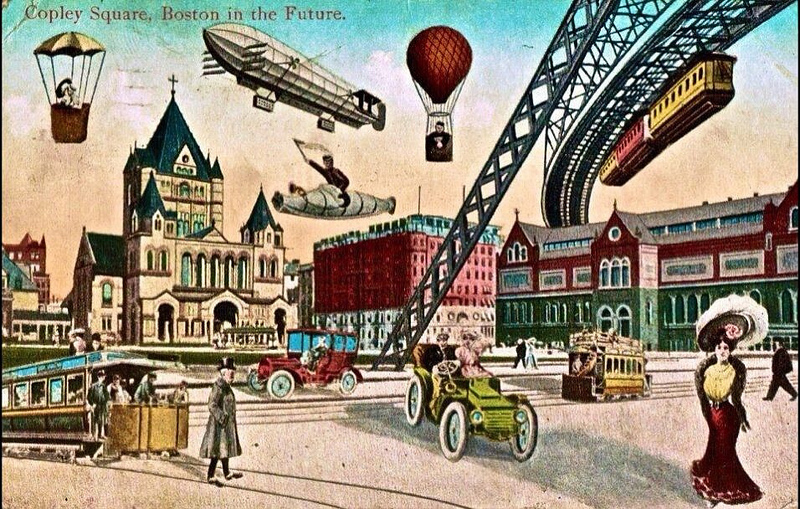Developing a social media strategy is one of the first steps to understand how to get your organization’s message out to the world.
It’s not easy. There are no quick fixes, but it’s not just about posting a few messages on your channels every week and responding to a couple of comments. It’s about developing long-term relationships, building trust, and finding and bringing the right audience to you.
You don’t want to post too many fundraisers or ask your audience to participate in too many campaigns without providing any useful content, advice, or offering to answer questions. Otherwise, you will alienate your audience. You want to work on understanding what your goals are and what you want to give your audience. If you give to them, they will be more willing to support you.
The following series will walk you through six steps to develop this strategy — When, Who, Why, What, Where, and How.
Don’t just skip to the how part of this series. It doesn’t work that way!
1. Developing Your Social Media Strategy: When Should You Create This? Who is Your Audience? (Part 1)
2. Developing Your Social Media Strategy: Why Do You Need Goals? (Part 2)
3. Developing Your Social Media Strategy: What Platforms Are You Already Using? (Part 3)
4. Developing Your Social Media Strategy: Where is Your Audience Hanging Out? (Part 4)
5. Developing Your Social Media Strategy: How Will You Do This? (Part 5)
Plus, don’t forget to check out this post: Serial Storytelling on Social Media.

